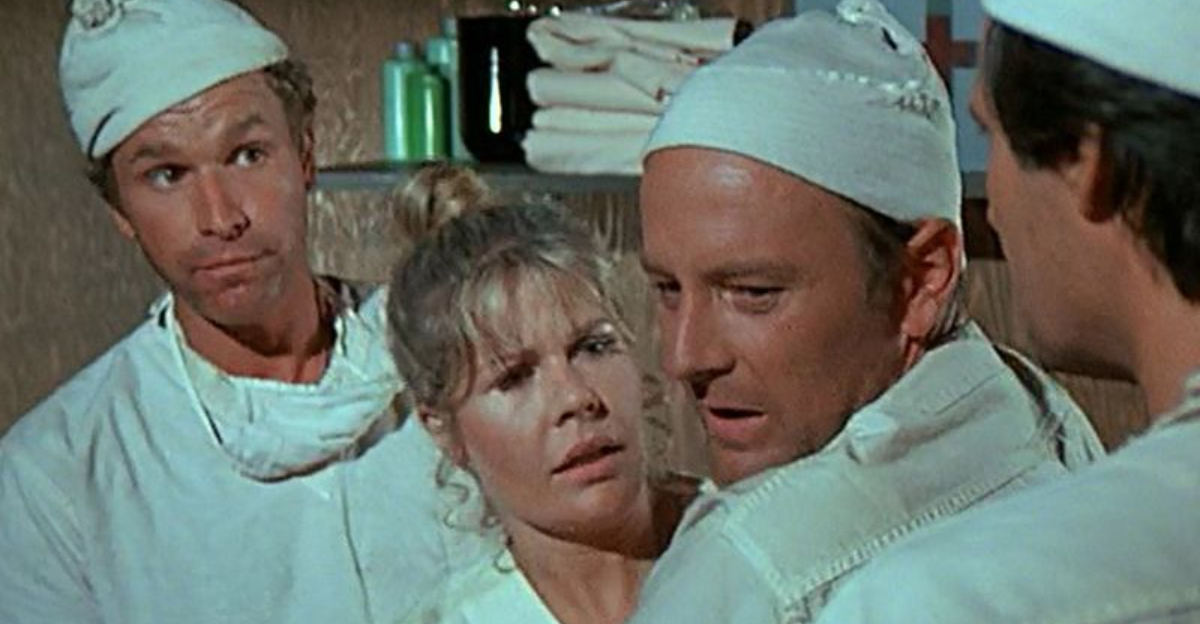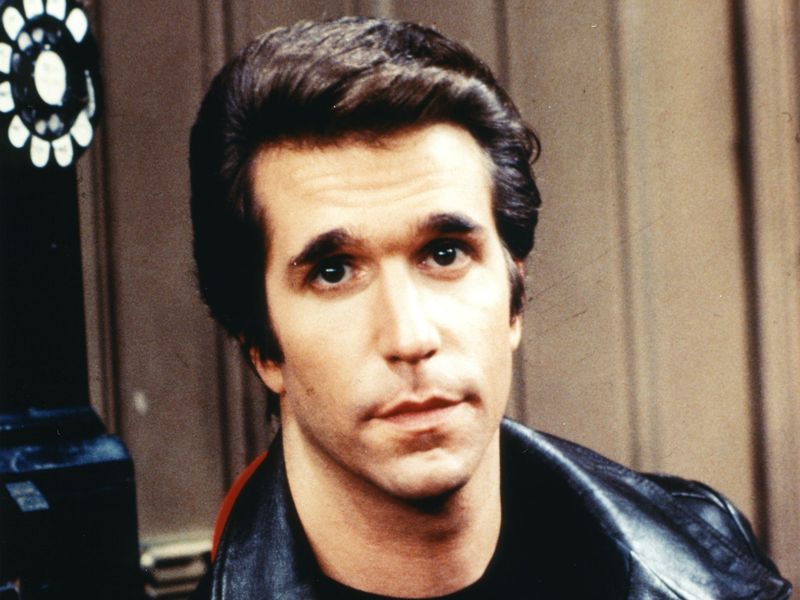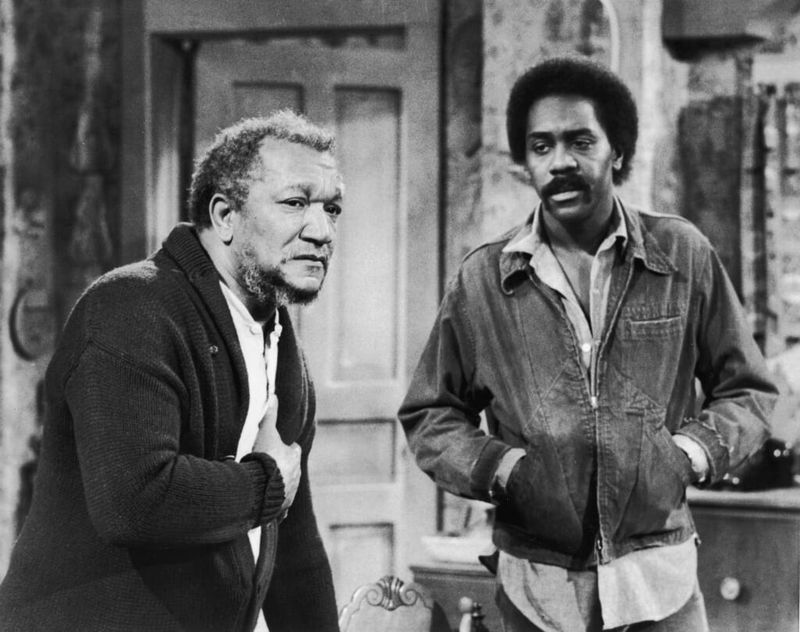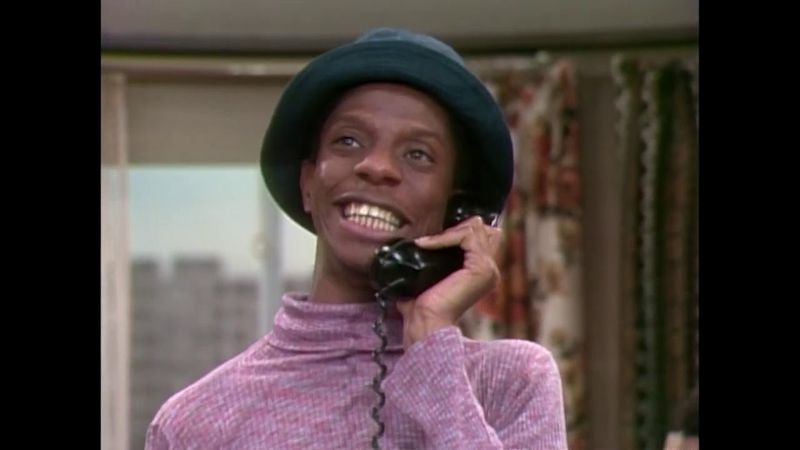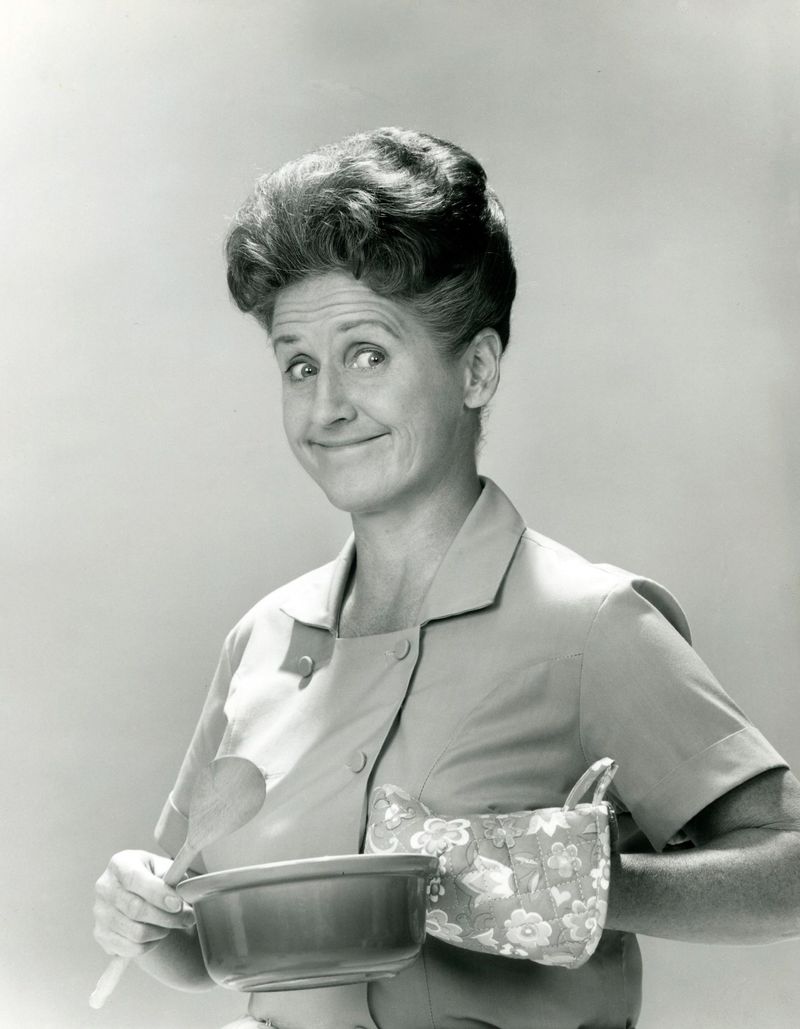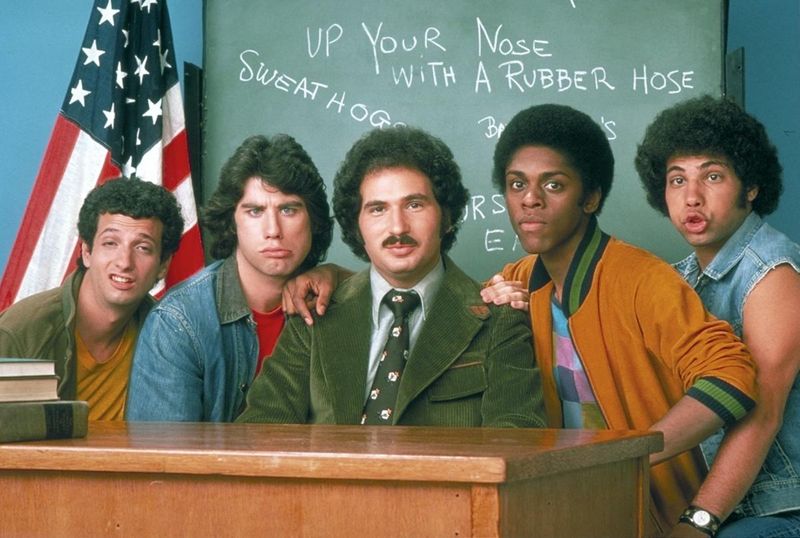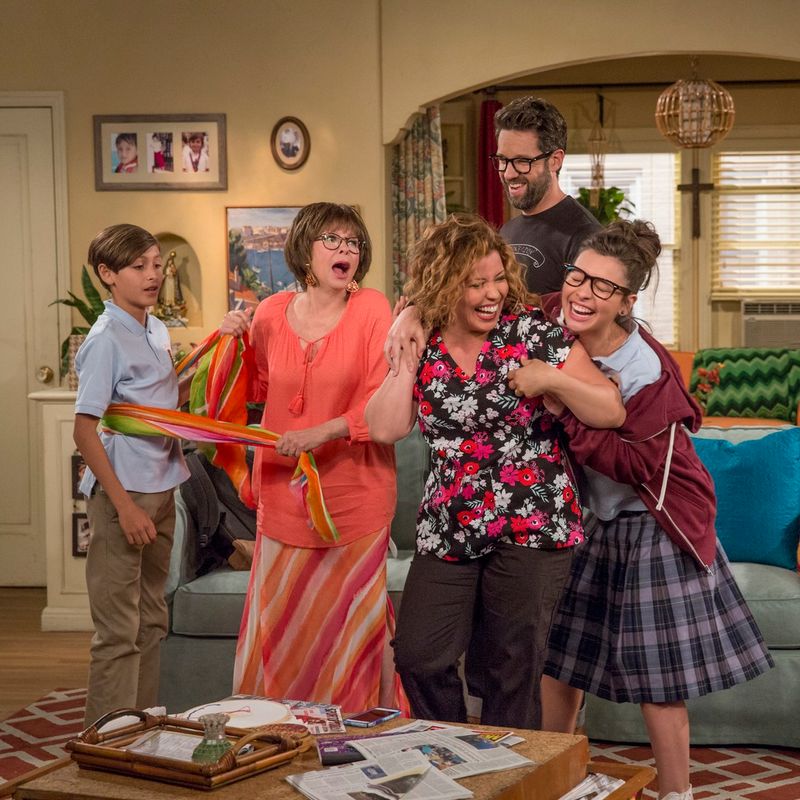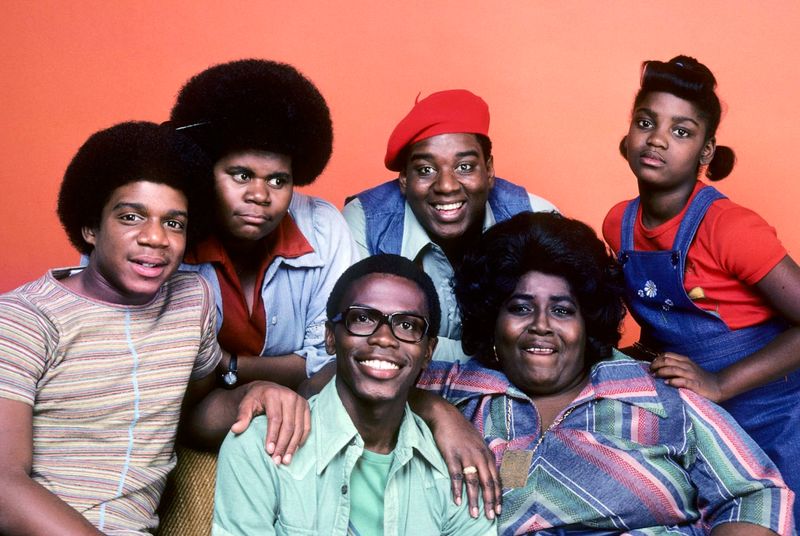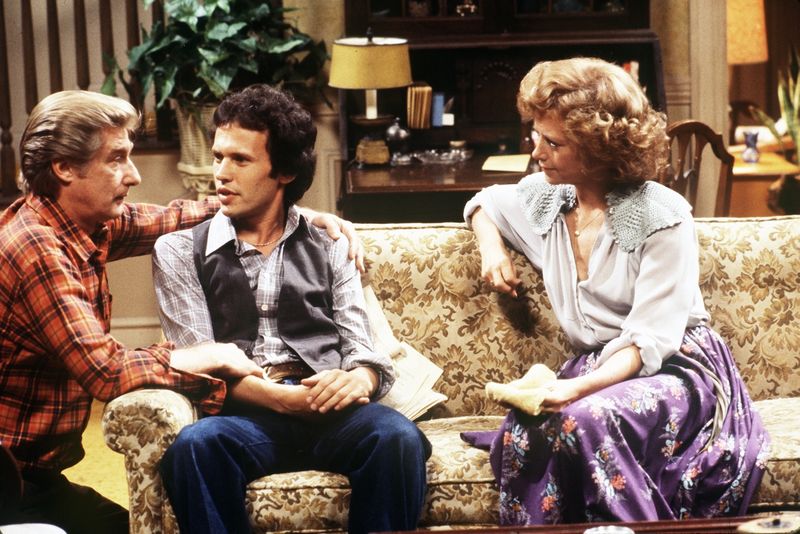The 1970s was a golden era for sitcoms, offering countless laughs. However, many jokes that were once met with uproarious laughter now feel outdated or problematic. This post explores 15 classic sitcom jokes from that era that haven’t aged well, reflecting changing societal norms and awareness.
1. “Happy Days” – The Fonz’s Womanizing
The Fonz, a beloved character from “Happy Days,” was known for his cool demeanor and signature “Ayyy!” However, his womanizing antics, like snapping his fingers to attract women, are now seen differently. At the time, Fonzie was the epitome of charm, but today, such behavior is viewed as promoting unwanted advances. This portrayal of women as mere conquests rather than individuals with agency is troubling. His actions glorified a form of sexual harassment, making it a source of humor. Today’s viewers recognize the need for respectful interactions.
2. “All in the Family” – Archie Bunker’s Racism
Archie Bunker, the patriarch from “All in the Family,” was notorious for his bigoted remarks. While intended to critique prejudice, many viewers missed the satire. Archie’s use of terms like “Meathead” and racial slurs was meant to highlight societal issues. Unfortunately, some audience members laughed in agreement rather than reflection. This show highlighted that satire can backfire if the message isn’t clear. It reminds us of the importance of delivering nuanced humor, ensuring that harmful stereotypes aren’t inadvertently reinforced.
3. “Three’s Company” – Jack Tripper’s Fake Gay Persona
Jack Tripper, from “Three’s Company,” pretended to be gay to live with two women. This led to many “effeminate” stereotypes, relying on homophobic tropes for laughs. The premise was seen as innovative, but now it raises eyebrows. Such portrayals trivialized serious issues faced by the LGBTQ+ community. The humor hinged on misunderstandings and exaggerated behaviors, which perpetuated harmful stereotypes. Today, audiences seek more authentic representations that respect all identities. This shift reflects a broader societal move towards inclusivity and understanding.
4. “Sanford and Son” – Racial Stereotypes
Fred Sanford, the cunning lead of “Sanford and Son,” played into the stereotype of the “shiftless Black man.” While the show broke ground as a Black-led sitcom, it also reinforced harmful caricatures. Fred’s lazy, scheming nature often served as the punchline. To modern audiences, these jokes feel regressive, highlighting the need for diverse and empowering portrayals. The show offers a complex legacy, celebrated for its groundbreaking nature yet critiqued for its reliance on dated stereotypes. It’s a reminder of the balance needed in storytelling.
5. “The Jeffersons” – George’s Misogyny
George Jefferson, from “The Jeffersons,” was known for his frequent insults towards his wife, Louise. Lines like “Weezy, get me a drink!” were played for laughs but normalized verbal spousal abuse. George’s dismissive attitude towards Louise highlights a broader issue of misogyny masked as humor. The dynamics presented were reflective of the times but are now criticized for their lack of respect. This portrayal underscores the importance of evolving narratives that champion equality and respect within relationships.
6. “Good Times” – J.J.’s “Dy-No-Mite!” Minstrel Undertones
J.J. from “Good Times” became famous for his catchphrase “Dy-No-Mite!” However, his over-the-top clownish behavior sometimes veered into minstrel show territory. Despite the show’s focus on a Black family’s struggles, his antics were criticized for echoing “coon” stereotypes. At the time, J.J. was a beloved character, but modern audiences view such portrayals as problematic. The show serves as a reminder of the fine line between humor and harmful stereotypes, urging creators to be mindful of representation’s impact.
7. “MAS*H” – Sexist “Nurse Hunting” Jokes
In “MAS*H,” Hawkeye and Trapper were notorious for their flirtations with nurses. While intended as harmless fun, it’s now seen as workplace sexual harassment. Their antics reflect a time when such behavior was normalized, but today it’s viewed critically. Audiences now recognize the importance of respecting professional boundaries. The series, while a classic, serves as a lens through which we can observe how societal perceptions have shifted. Emphasizing consent and respect in narrative choices is key to evolving storytelling.
8. “Laverne & Shirley” – Lenny & Squiggy’s Creepy Behavior
Lenny and Squiggy, the comedic duo from “Laverne & Shirley,” were known for their unannounced entrances and lewd comments. At the time, their behavior was seen as harmless fun, but now it’s recognized as stalking behavior. Their antics are indicative of a period when persistence was equated with charm. Today, audiences are more aware of the importance of consent and personal boundaries. This shift in perception underscores the evolving understanding of what constitutes appropriate behavior in media and life.
9. “The Brady Bunch” – Alice the Maid’s Subservience
Alice, the Brady family’s live-in maid, was often the subject of dismissive treatment. Her character, while beloved, highlighted exploitative labor dynamics. Her cheerful demeanor and willingness to serve masked the lack of agency afforded to her. Modern viewers see this as reflective of outdated class distinctions. While the show celebrated family values, it also perpetuated certain stereotypes about domestic workers. Today, there’s a greater emphasis on representing diverse roles and ensuring that all characters are treated with dignity and respect.
10. “Barney Miller” – Homophobic Jokes About “Flamboyant” Criminals
In “Barney Miller,” suspects with stereotypically gay traits often became punchlines. During its run, such humor was commonplace, but today it’s critiqued for mocking LGBTQ+ identities. The show was praised for its progressive themes but faltered in its portrayal of certain characters. Modern audiences seek humor that doesn’t punch down or rely on outdated stereotypes. This shift reflects a growing awareness and commitment to respectful representation in media. By learning from past missteps, storytellers can craft narratives that celebrate diversity.
11. “Welcome Back, Kotter” – Racial & Ethnic “Roasts”
The Sweathogs, from “Welcome Back, Kotter,” frequently engaged in racial and ethnic “roasts.” Characters like Epstein and Horshack often bore the brunt of these jokes, which today are seen as bullying. At the time, this camaraderie was considered humorous, but now it raises concerns about the implications of such portrayals. The show’s humor highlights the need for sensitivity and understanding in comedic contexts. Audiences are increasingly aware of the impact of words and the importance of fostering inclusive environments.
12. “One Day at a Time” – Schneider’s Inappropriate Advances
Schneider, the building superintendent in “One Day at a Time,” was known for his constant flirtations with Ann Romano. While meant to be charming, his advances now read as harassment. Schneider’s persistence, once deemed endearing, is today viewed through a critical lens. This shift underscores the importance of recognizing and respecting boundaries. The show highlights how perceptions of “harmless fun” have evolved, reflecting broader societal changes towards recognizing and addressing inappropriate behavior.
13. “What’s Happening!!” – Roger’s Predatory Behavior
Roger, from “What’s Happening!!,” was often seen chasing women who weren’t interested. His relentless pursuit, played for laughs, now seems predatory. At the time, this behavior was part of comedic storytelling, but today it’s critiqued for ignoring consent. This portrayal highlights the necessity for narratives that respect individual autonomy. Modern audiences prefer stories where characters communicate openly and respectfully. As society evolves, so too must the stories we tell, ensuring they reflect a commitment to mutual respect and understanding.
14. “Chico and the Man” – Racial Slurs as Punchlines
In “Chico and the Man,” Ed Brown’s frequent insults towards Chico, like “You crazy Mex!,” were common. While intended for comedic effect, such slurs are now recognized as perpetuating racism. The show, set in a diverse neighborhood, provided representation but also reinforced stereotypes. It highlights the need for careful consideration of language and its impact. Today, creators are more aware of the potential harm of such portrayals, striving for humor that uplifts rather than marginalizes.
15. “Soap” – Billy’s Gay Stereotype
Billy, one of TV’s first openly gay characters in “Soap,” was often portrayed with exaggerated stereotypes. While groundbreaking, this portrayal reduced his character to a punchline. At the time, it was a step towards representation, but now it raises issues of authenticity. Audiences today seek more nuanced and respectful portrayals of LGBTQ+ individuals. This shift reflects a broader desire for inclusivity and accuracy in media representation. By learning from past portrayals, creators can craft characters that reflect diverse realities without resorting to stereotypes.
